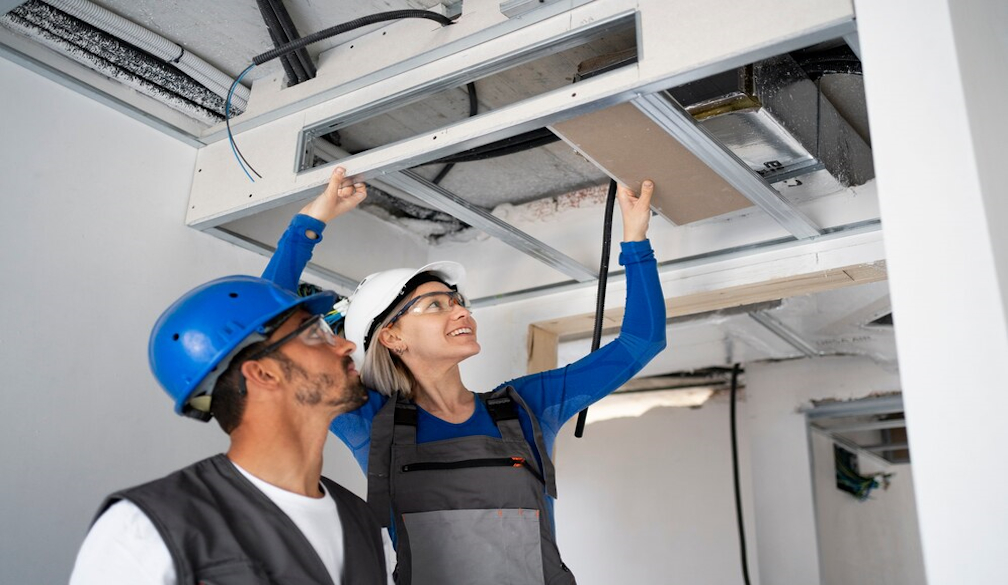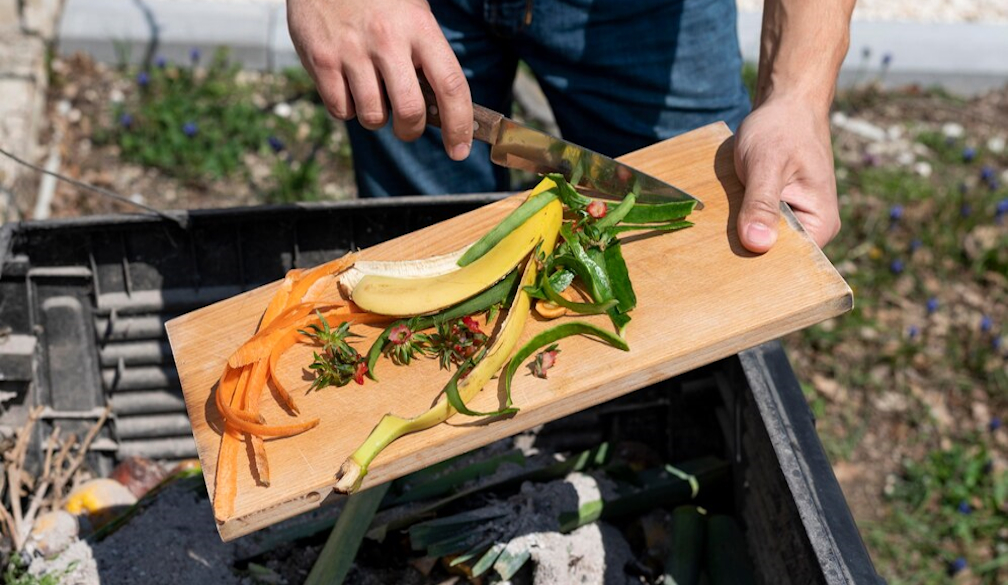How to Properly Maintain Your Duct Cleaning Services
- Written by Advertiser

Regular maintenance of your duct cleaning services in Melbourne is crucial to ensure that your HVAC system continues to operate efficiently and provide clean, healthy air for your home. Proper maintenance can also help extend the lifespan of your HVAC system and prevent costly repairs. In this article, we'll discuss some essential tips for properly maintaining your duct cleaning services to keep your HVAC system running smoothly.
1. Change Your Air Filters Regularly
One of the most important maintenance tasks for your HVAC system is to regularly change your air filters. Air filters help trap dust, dirt, and other contaminants, preventing them from circulating throughout your home. Over time, air filters can become clogged, reducing airflow and efficiency. Check your air filters every month and replace them when they become dirty or clogged.
2. Keep Vents and Registers Clean
Regularly clean the vents and registers in your home to ensure that air can flow freely. Dust and debris can accumulate in these areas, obstructing airflow and reducing the efficiency of your HVAC system. Use a vacuum cleaner with a brush attachment to remove any dust or debris from vents and registers.
3. Inspect Ductwork for Leaks
Periodically inspect your ductwork for any signs of leaks or damage. Leaky ducts can reduce the efficiency of your HVAC system and allow contaminants to enter your home. Seal any leaks with duct tape or mastic sealant to prevent air leaks and improve the efficiency of your HVAC system.
4. Schedule Regular Duct Cleaning Services
Regular duct cleaning services in Melbourne are essential to remove dust, dirt, and other contaminants from your ductwork. Schedule professional duct cleaning services at least once every three to five years to ensure that your ducts remain clean and free from contaminants. This will help maintain the efficiency of your HVAC system and improve the air quality in your home.
5. Maintain Proper Humidity Levels
Maintaining proper humidity levels in your home can help prevent mold and mildew growth in your ductwork. Use a dehumidifier to remove excess moisture from the air and keep humidity levels between 30% and 50%. This will help prevent mold and mildew growth and improve the air quality in your home.
6. Keep Outdoor Units Clear
If you have an outdoor HVAC unit, make sure to keep it clear of debris such as leaves, grass clippings, and other debris. Clearing away debris can help improve airflow to the unit and prevent it from becoming clogged, which can reduce efficiency and lead to costly repairs.
7. Schedule Regular HVAC Maintenance
In addition to regular duct cleaning services, it's also important to schedule regular maintenance for your HVAC system. A professional HVAC technician can inspect your system, clean components, and ensure that everything is functioning properly. Regular maintenance can help prevent costly repairs and ensure that your HVAC system continues to operate efficiently.
Conclusion
Proper maintenance of your duct cleaning services in Melbourne is essential to ensure that your HVAC system continues to operate efficiently and provide clean, healthy air for your home. By following these tips, you can keep your HVAC system running smoothly and enjoy a comfortable indoor environment all year round. Schedule regular duct cleaning services and HVAC maintenance to keep your system in top condition and prevent costly repairs.









